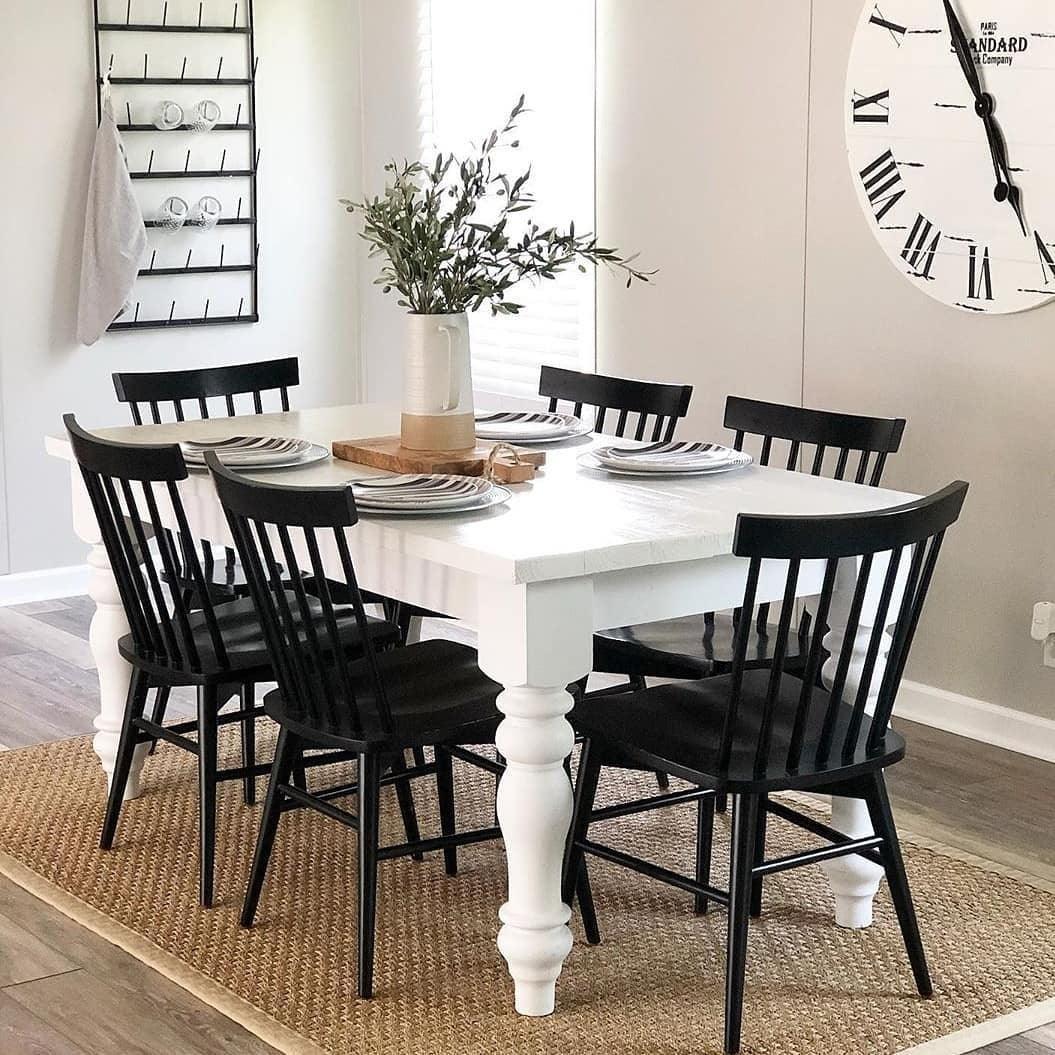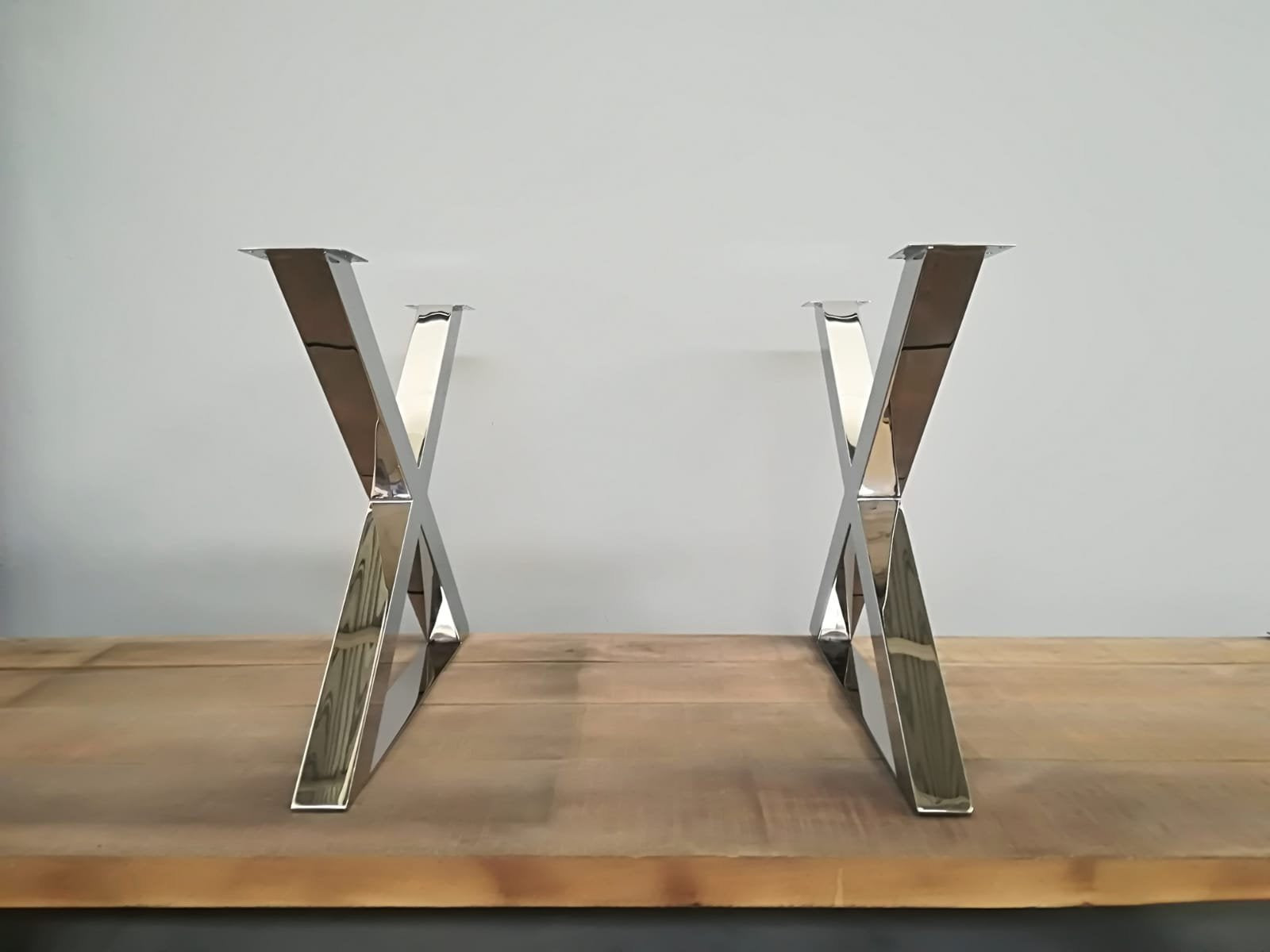Why Dining Room Table Legs Are Crucial for Your Table’s Stability
Why Dining Room Table Legs Are Crucial for Your Table’s Stability
Blog Article
From Standard to Modern: Discover the Ideal Eating Space Table Legs for Your Style
The choice of eating space table legs plays an essential function in specifying the overall personality of your space, linking the space in between standard craftsmanship and modern-day appearances. While traditional designs such as cabriole and transformed legs evoke a sense of timeless class, contemporary designs like barrette and geometric choices offer a chance for striking aesthetic rate of interest. Evaluating the appropriate balance in between these styles needs a nuanced understanding of your existing decoration and individual taste. As you take into consideration these elements, the question continues to be: just how can you effortlessly incorporate these varied leg designs to produce a harmonious dining experience?
Understanding Table Leg Styles
The variety of dining-room table leg designs can considerably influence both the appearances and functionality of the room. Each leg style adds one-of-a-kind practical attributes and aesthetic aspects, dealing with diverse design preferences and use needs. Recognizing these designs is critical for picking the ideal eating table that lines up with your overall indoor layout vision.
For example, tapered legs provide a clean, classic appearance that can improve a room's elegance, while stand bases supply stability and optimize legroom, making them optimal for smaller rooms. Barrette legs, a trademark of mid-century modern layout, introduce an industrial panache, permitting an airy, open feeling. Likewise, trestle legs evoke rustic charm, giving durable support and a feeling of timelessness.
Wooden legs can bring warmth and appearance, whereas steel options often communicate a streamlined, contemporary vibe. Inevitably, understanding table leg styles is crucial for creating a cohesive dining location that reflects personal design while making certain functionality and convenience.
Typical Table Leg Options
When choosing dining-room table legs, standard alternatives frequently symbolize ageless elegance and craftsmanship. These styles reflect an abundant heritage and a commitment to quality, making them ideal for those who value timeless visual appeals.
One of one of the most legendary traditional leg styles is the cabriole leg, defined by its stylish rounded form. This style often features decorative carvings and is most frequently discovered in Queen Anne and Chippendale furniture. One more prominent choice is the turned leg, which boasts a series of smooth, rounded forms that provide a classic look while maintaining stability.
Furthermore, the straight leg, while simple, offers a durable and unadorned framework that can blend flawlessly with a selection of tabletop styles. For those drawn to ornate outlining, claw-and-ball feet legs stimulate a feeling of magnificence and can act as a stunning prime focus in any kind of dining room.
Last but not least, stand bases, although not strictly legs, offer an alternative typical alternative that enables for sufficient legroom and can be wonderfully sculpted. Each of these standard leg styles adds to the general ambiance of a dining-room, marrying feature with aesthetic allure.

Modern Table Leg Styles
Modern table leg designs supply a diverse series of designs that emphasize cutting-edge materials and clean lines. These designs commonly prioritize functionality while offering as striking centerpieces within an eating space. Minimalist aesthetic appeals prevail, with legs crafted from products such as steel, glass, and engineered timber, which add to a ventilated and contemporary feel.
One prominent design is the hairpin leg, characterized by its slim, tapered framework that provides stability without frustrating the table top (dining room table legs). This style is usually found in mid-century contemporary furnishings and can effortlessly match different dining table shapes. An additional trend is the use of geometric forms, where legs might take on angular or unbalanced kinds, adding visual rate of interest and a touch of virtuosity

Mixing Styles for Unique Spaces
Often, homeowners look for my latest blog post to develop special dining spaces that reflect their personal design by mixing different design components. This approach permits the consolidation of diverse aesthetic appeals, resulting in an unified yet unique atmosphere. Pairing a rustic wood table with smooth, modern steel legs can produce an attractive contrast that elevates the space's overall allure.
Additionally, integrating vintage table legs with contemporary table tops can evoke a feeling of history while keeping a contemporary perceptiveness. Such mixes not only display individual preference but additionally encourage creative thinking, enabling homeowners to curate an area that really feels both personal and welcoming.
Shade plays a critical function in this mixing process; choosing table legs that enhance or contrast with the existing shade system can improve aesthetic interest. Whitewashed legs can soften the boldness of a dark table surface area, creating a balanced visual.
Tips for Picking the Right Legs
Selecting the right table legs is necessary for attaining both functionality and visual allure in your dining area. Begin by taking into consideration the overall design of your room. Conventional setups benefit from legs that feature elaborate makings or transformed designs, while contemporary rooms may require streamlined, minimal styles.
Next, evaluate the height and stability of the legs. dining room table legs. Conventional eating tables vary between 28 to 30 inches in height, so make sure the legs enhance this dimension for convenience. Additionally, robust materials, such as hardwood or metal, can enhance stability and longevity
Assess the leg shape also-- choices include directly, tapered, or pedestal styles. Straight legs provide a traditional look, while tapered find out legs can add a touch of elegance. Pedestal bases supply sufficient legroom and are suitable for smaller sized areas.
Verdict
In recap, choosing the perfect eating room table legs requires careful factor to consider of both modern-day and typical designs. By balancing leg design, height, and product with the general design, a natural and welcoming ambience can be achieved.
The selection of dining room table leg styles can substantially influence both the aesthetics and functionality of the room. Inevitably, comprehending table leg styles is essential for creating a cohesive eating location that reflects individual style while ensuring practicality and convenience.One of the most legendary typical leg designs is the cabriole leg, identified by its graceful curved shape. Straight legs provide a traditional look, while tapered legs can add a touch of elegance.In recap, selecting the perfect eating space table legs requires cautious factor to consider of both traditional and modern styles.
Report this page